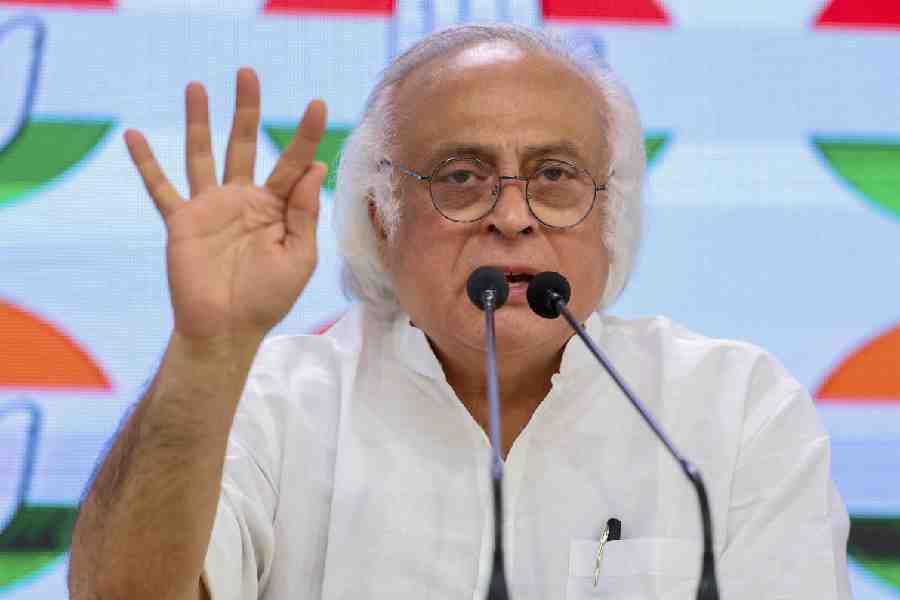 |
 |
 |
 |
| SUPER SLEUTH: (From top) An illustration with the same story; the story as it appeared in The Strand Magazine in 1911; an illustration of Sherlock Holmes; Arthur Conan Doyle |
A foggy night in London, the clatter of a hansom cab on cobbled streets and the game’s afoot: the essential ingredients of any Sherlock Holmes story. But this time, the game is a bit different — what price is to be put on Doyle’s controversial legacy?
The original 28-page manuscript of The Disappearance of Lady Frances Carfax, one of 56 Sherlock Holmes short stories by Sir Arthur Conan Doyle, was recently offered for sale at the Antiquarian Book Fair in London for what would have been a record price of £250,000.
The story, in which Dr Watson is sent to Switzerland by Holmes to trace an aristocratic Englishwoman who has gone missing, first appeared in The Strand Magazine in December, 1911, accompanied by evocative black and white sketches.
“Good Conan Doyle manuscripts are scarce and much sought after by ‘Sherlockians,’ many of whom are in the US,” says Doyle’s distinguished English biographer, Andrew Lycett, whose acclaimed Conan Doyle: The Man who Created Sherlock Holmes was published last year.
This particular manuscript is being returned unsold to its American dealer, Mark Hime, who runs Biblioctopus, an exclusive family business in Beverly Hills, California, involved in the “top five per cent” of manuscripts and “first editions of the classics of fiction.”
He is confident that the manuscript, which contains very few alterations and was personally bound by Doyle, will find a buyer — even at half a million dollars. “If you want to play, you have to pay,” is how Hime sums up the market in Doyle manuscripts. “He is the most famous detective in the history of fiction.”
He reckons about 30 Sherlock Holmes manuscripts are in existence but prices have been rising since the 1970s “from $20,000 to $30,000 to $40,000 to $75,000 a few years ago.” He has dealt with those of The Adventure of the Mazarin Stone, The Valley of Fear and The Adventure of the Solitary Cyclist and believes prospective buyers are driven principally by “a love of the stories.”
Doyle died on July 7, 1930, aged 71, worth at least £4 million in today’s terms, ensuring a permanent squabble for his legacy. He was survived by his widow Jean, their three children, Dennis, Adrian and Jean, and his daughter Mary, by his first wife. The author had left his literary works in trust, one of the trustees being Fides Union Fiduciaire, a Swiss company noted for protecting wealthy people from tax liabilities.
By the late Sixties, the only surviving heirs to his estate were his daughter Dame Jean Bromet, Princess Nina Mdivani, the widow of his son Dennis, and Anna Conan Doyle, Adrian’s widow.
But later, Doyle’s works were vested into an Isle of Man corporation called Baskervilles Investments but this was forced into receivership. Ownership of the Arthur Conan Doyle Literary Estate has been disputed since by an increasing number of litigious parties.
Lycett, who has touched on the squabbles in the “afterword” to his biography, confirms: “There were notable squabbles over the estate among his three youngest children — Adrian, Denis and Jean — and their surviving spouses.”
What gave the controversy a twist was the death of a noted Doyle scholar Richard Lancelyn Green in what Lycett calls “bizarre circumstances” in early 2004.
Everyone accepts that even without the extra publicity, Sherlock Holmes would have retained his loyal following, especially in India where Satyajit Ray’s creation of the character of Feluda was partly inspired by the great master.
As Doyle’s biographer, Lycett does not want to overstate the case but he does make the point that a familiarity with the life of Sherlock Holmes’s creator may enhance understanding of the modus operandi of the detective.“I came to Conan Doyle after writing about Rudyard Kipling,” explains Lycett. “Both were considered not totally pukka — Conan Doyle with his Scots/Irish background, Kipling with his India. I was intrigued by their similar but by no means identical attitudes to the empire. There were some important new papers available, following the death of Conan Doyle’s last surviving child, Jean, in the 1990s.”
Doyle’s love life, in marked contrast to that of Holmes, contained real sexual passion, Lycett has explained. “In 1897 his meek and amiable wife Louise was dying of tuberculosis when he fell deeply in love with another woman, Jean, who was younger, more attractive and altogether better equipped for the demands of life with a bestselling author.”
Doyle guarded his reputation because for years he had been sleeping with his mistress whom he married after Louise’s death.
“His affair had to be discreet and any mention of it expunged from the record with the ruthlessness of Holmes’s arch enemy, Professor Moriarty,” Lycett discloses. “There are no references to his trysts with Jean in his diaries. The couple’s love letters were solemnly burnt by their son Adrian after she died in 1940.”
But disclosure was about to occur. “For more than seven decades after his death in 1930 Conan Doyle’s papers were kept under wraps as family members squabbled over ownership. Then suddenly, in May 2004, they were put up for sale at Christie’s. Not everyone was happy: Richard Lancelyn Green, the leading Sherlockian scholar, was adamant that Conan Doyle’s daughter, also called Jean, had wanted this treasure trove preserved at the British Library. He became so upset by his campaign to stop the auction that he almost certainly took his own life.”
He goes on: “Luckily, much of the best material was bought by the British Library where, within months, I, as Conan Doyle’s putative biographer, was able to read most of the items that had escaped the family cull.”
What they show is that after remarriage, Doyle behaved cruelly to his children from his first marriage. “Mary and Kingsley, his children by Louise, were unceremoniously cut out of his life while he indulged his uxoriousness and fathered a second family. ‘I can’t think why my father is so hard,’ Mary complained to her brother. ‘I have not had one gentle word, or sign of love from him during the whole two years since Mother died.’”
Lycett observes: “Conan Doyle’s coldness to Mary and Kingsley shows his less attractive side, putting his affair with Jean into relief. On the one hand, a great love had triumphed, but he had shown some of Holmes’s steely calculation as he counted the days until Louise died and he was able to start a new life.”
Sherlock Holmes would not have approved.“There is a hidden dark streak in Doyle’s character,” he would have said. “Be so kind as to pass me the violin, Watson.”










